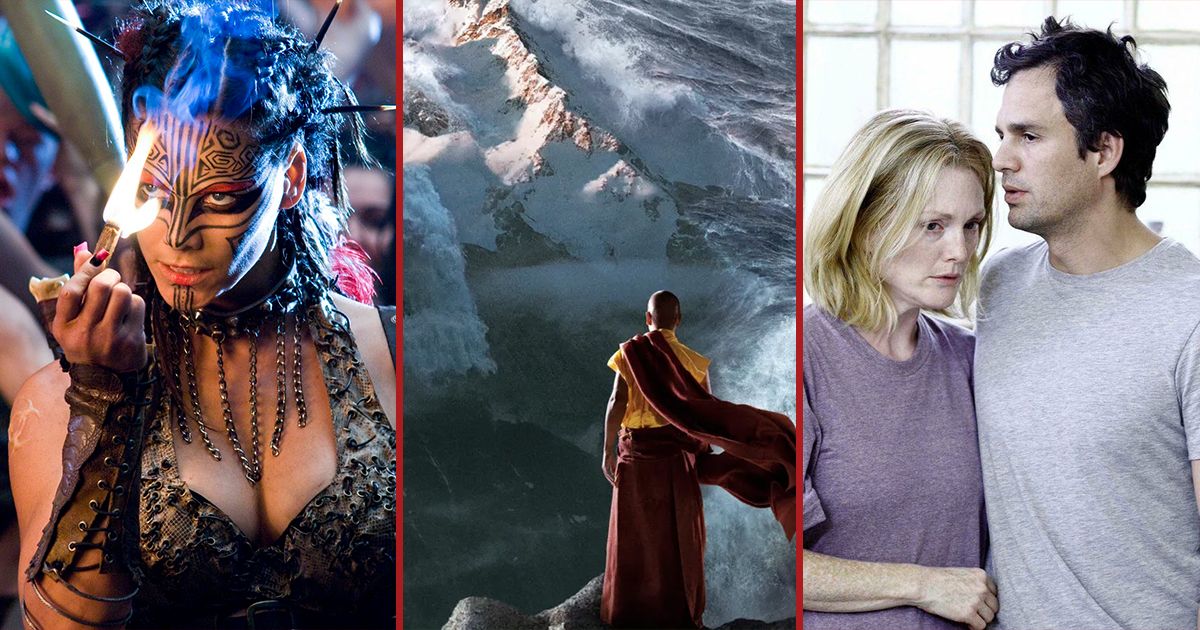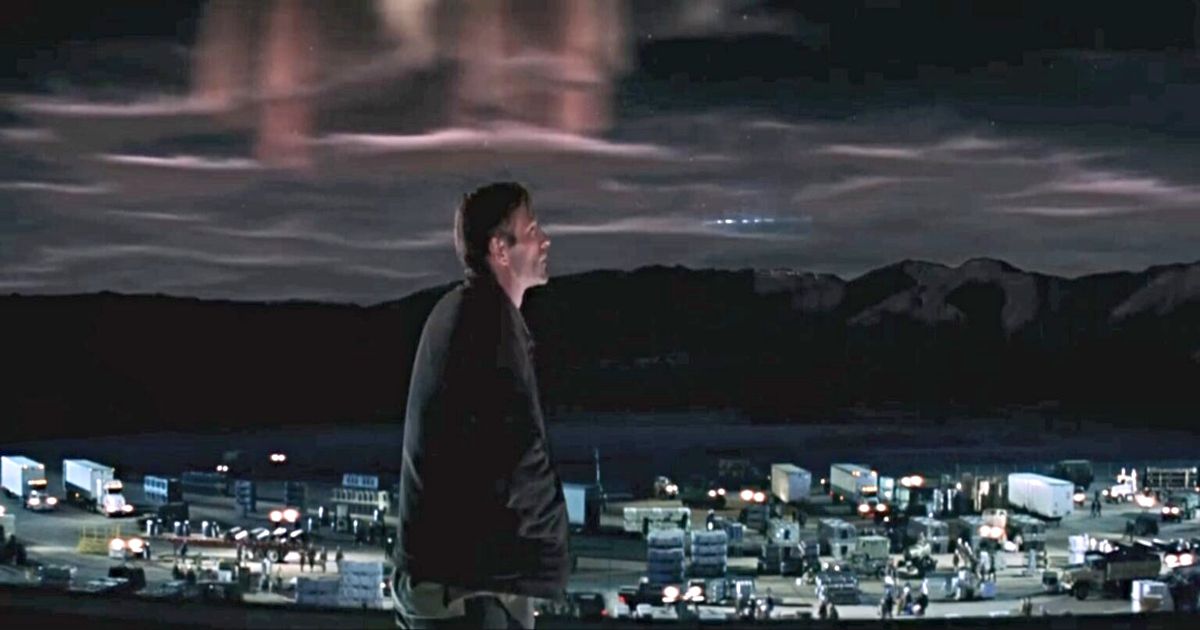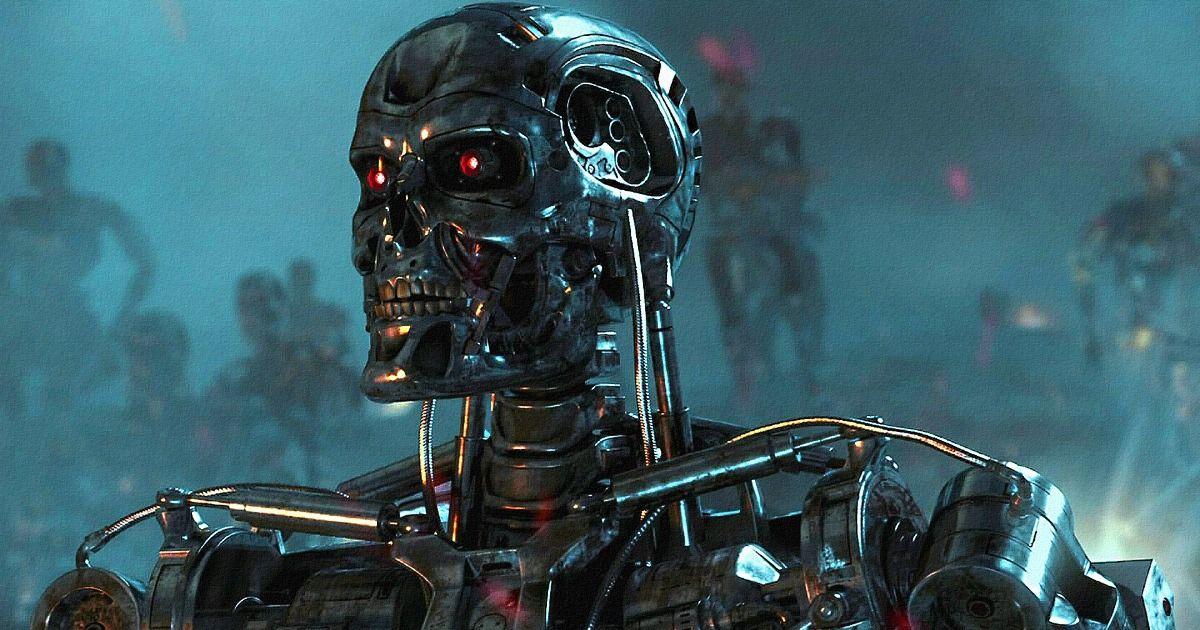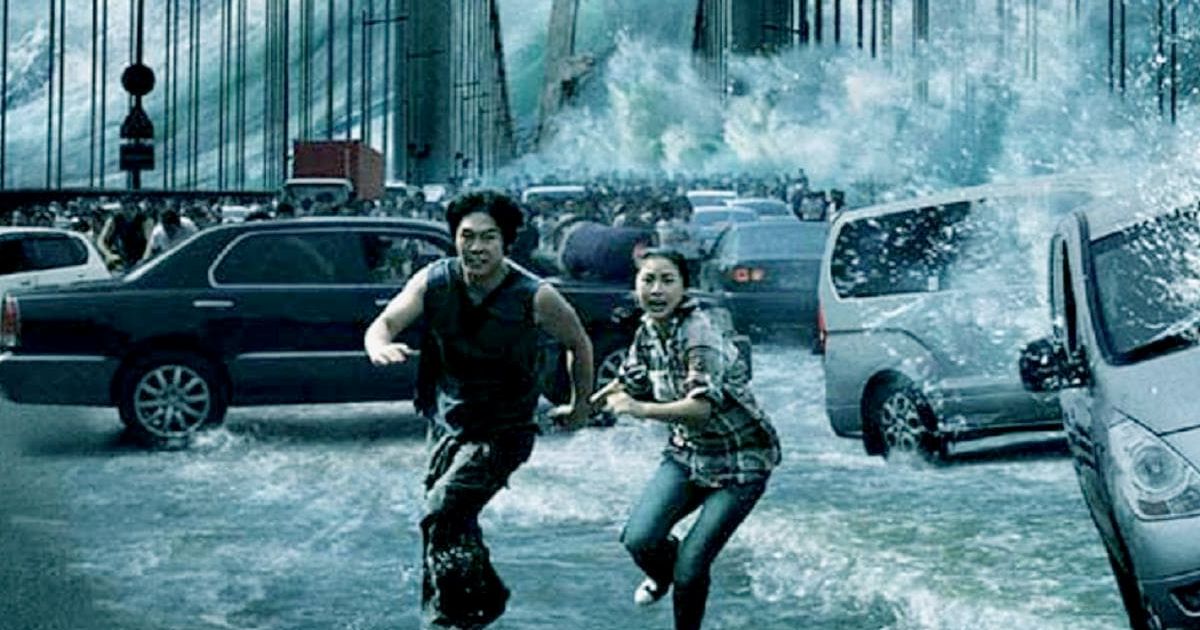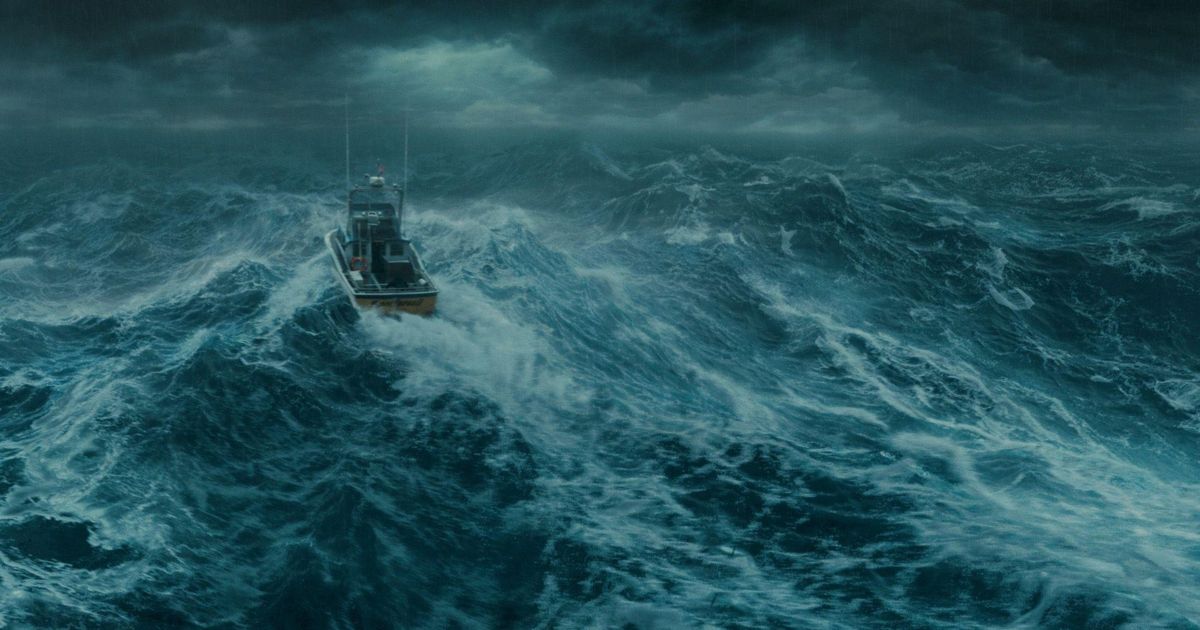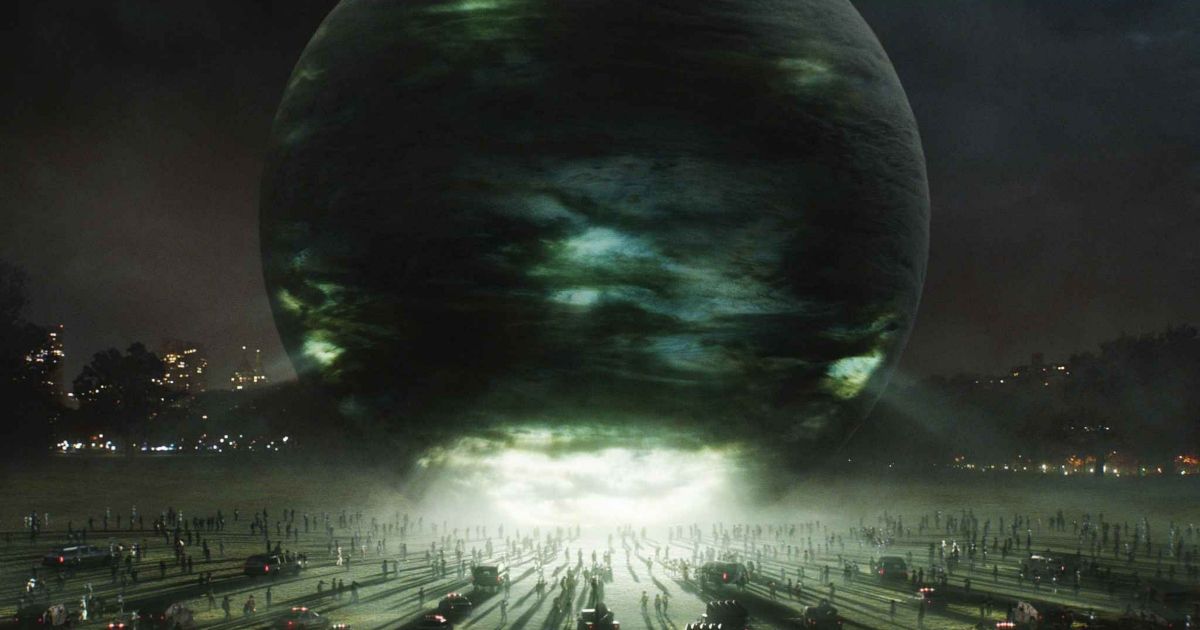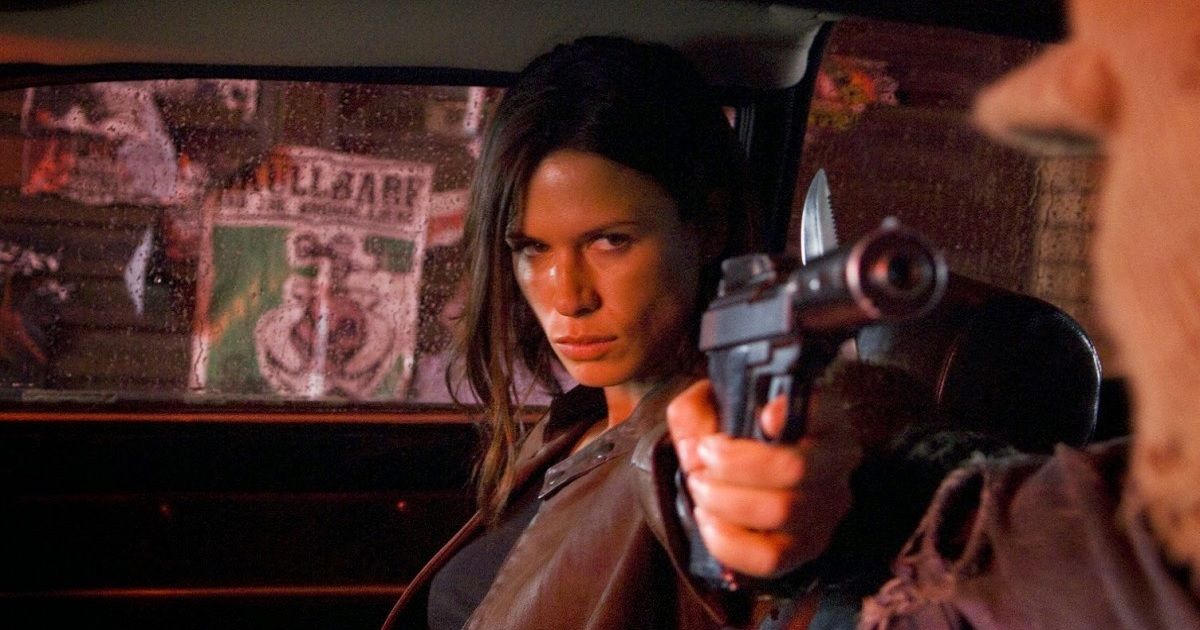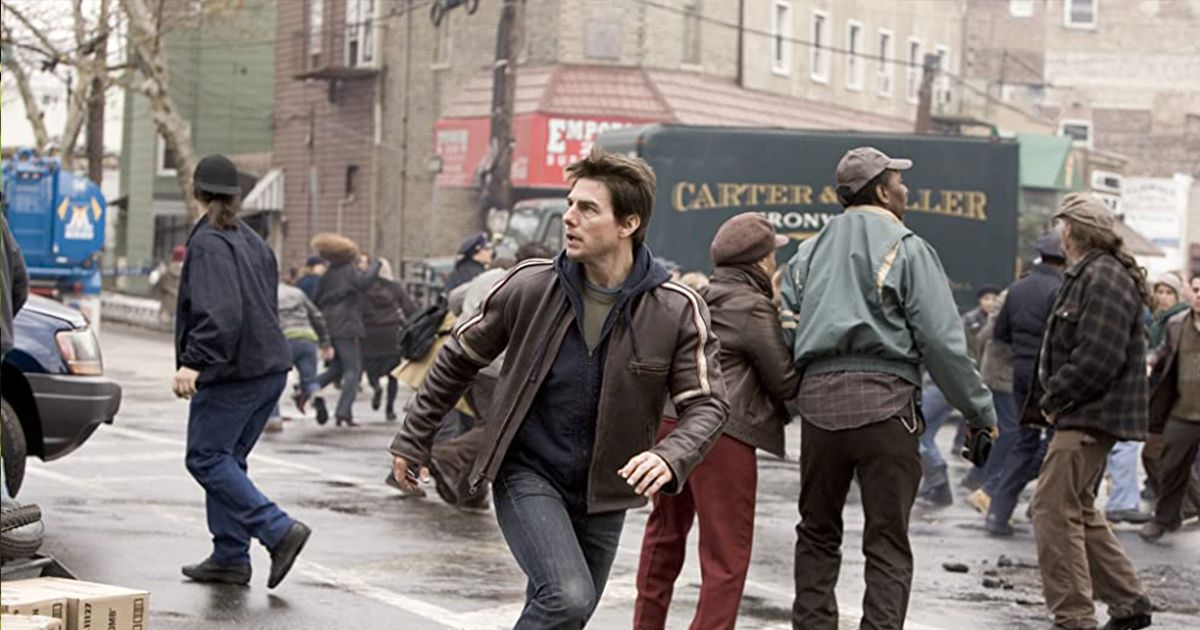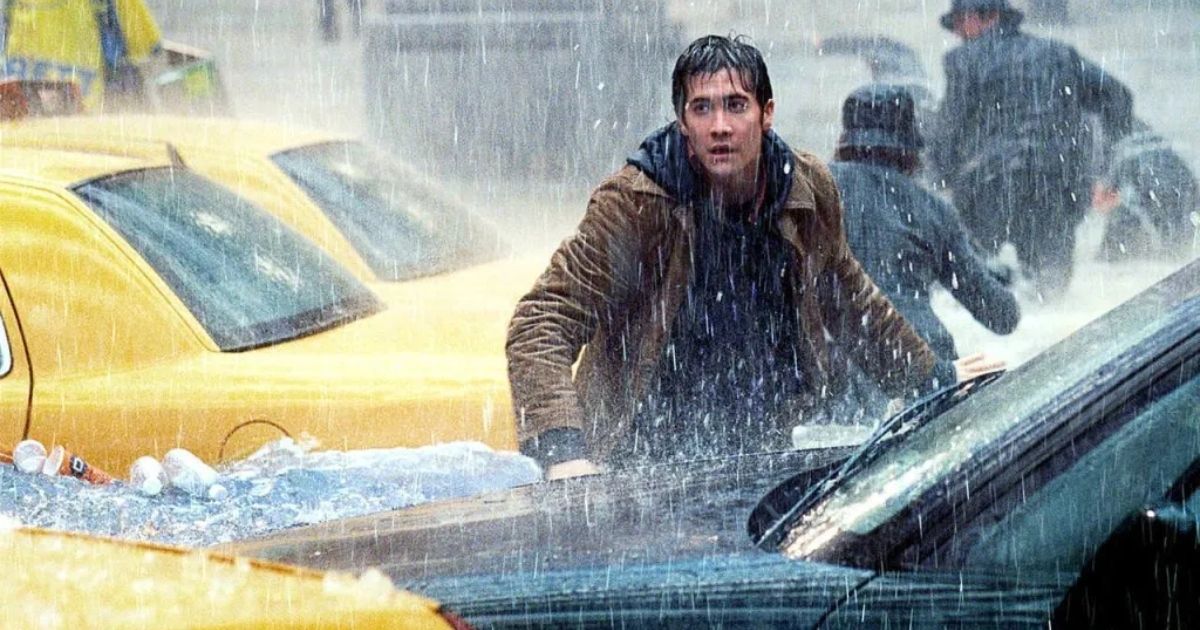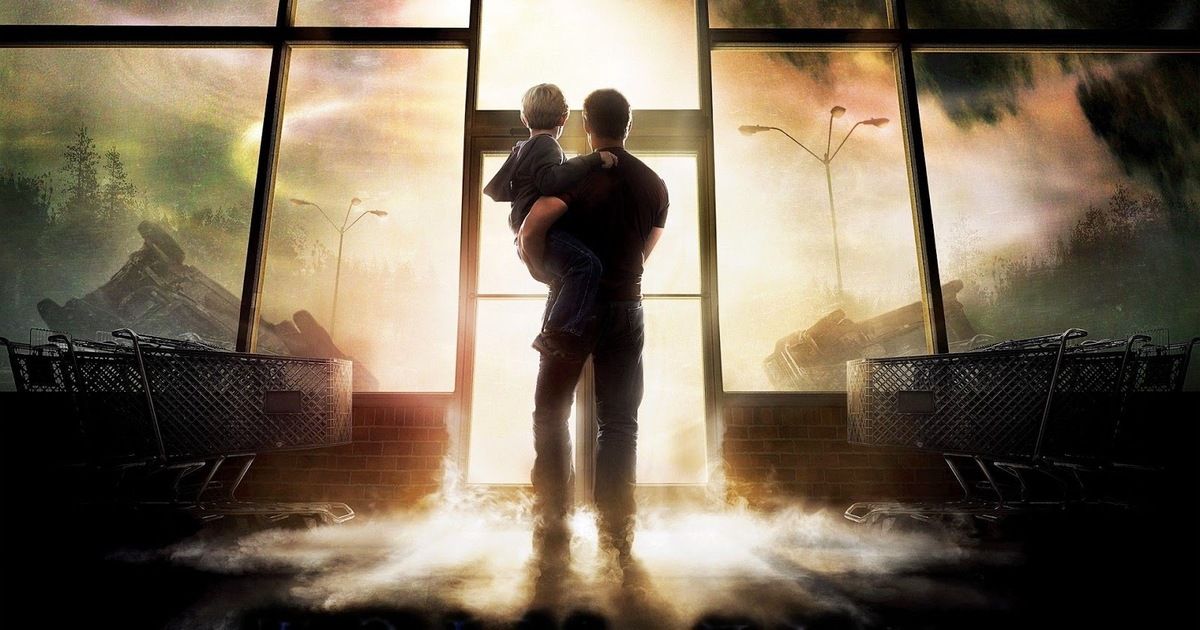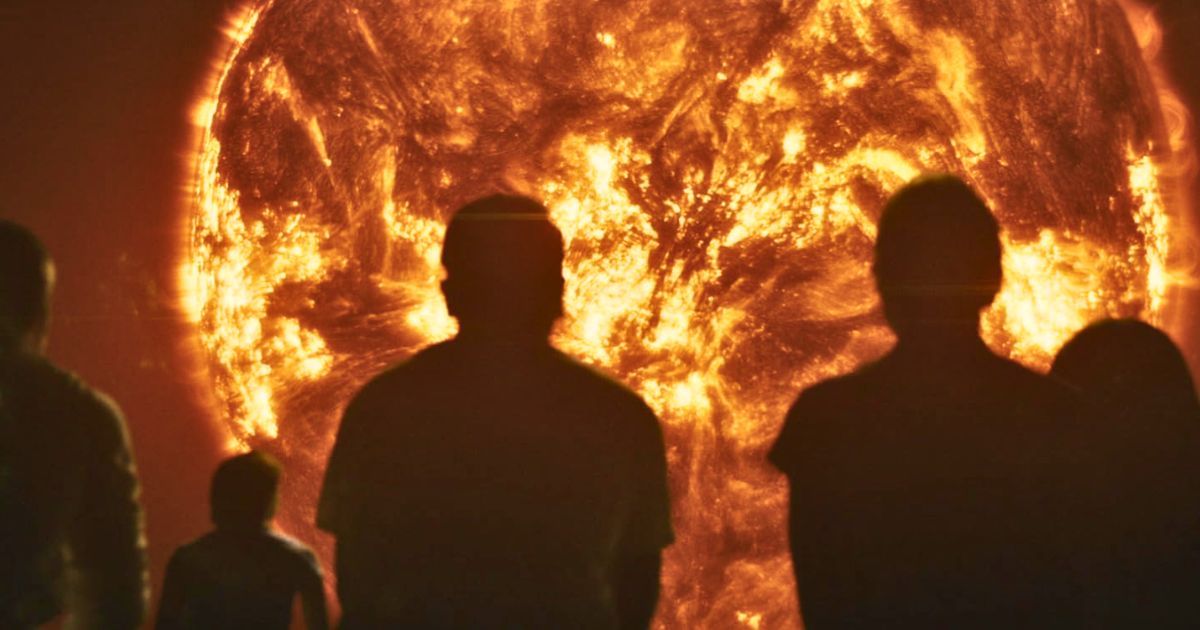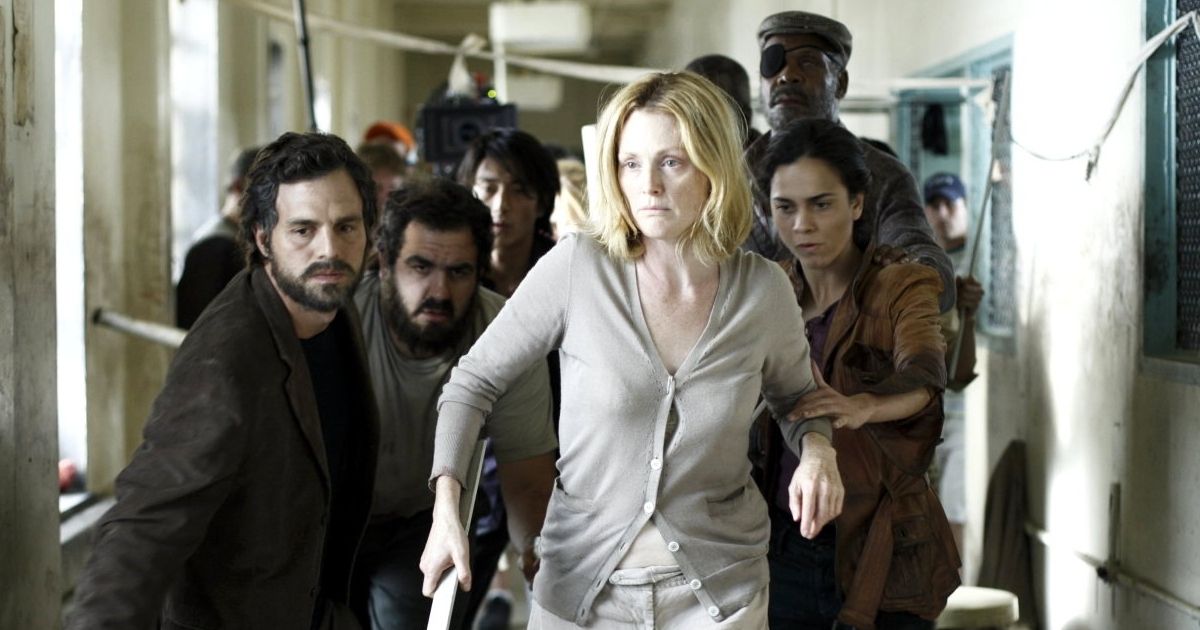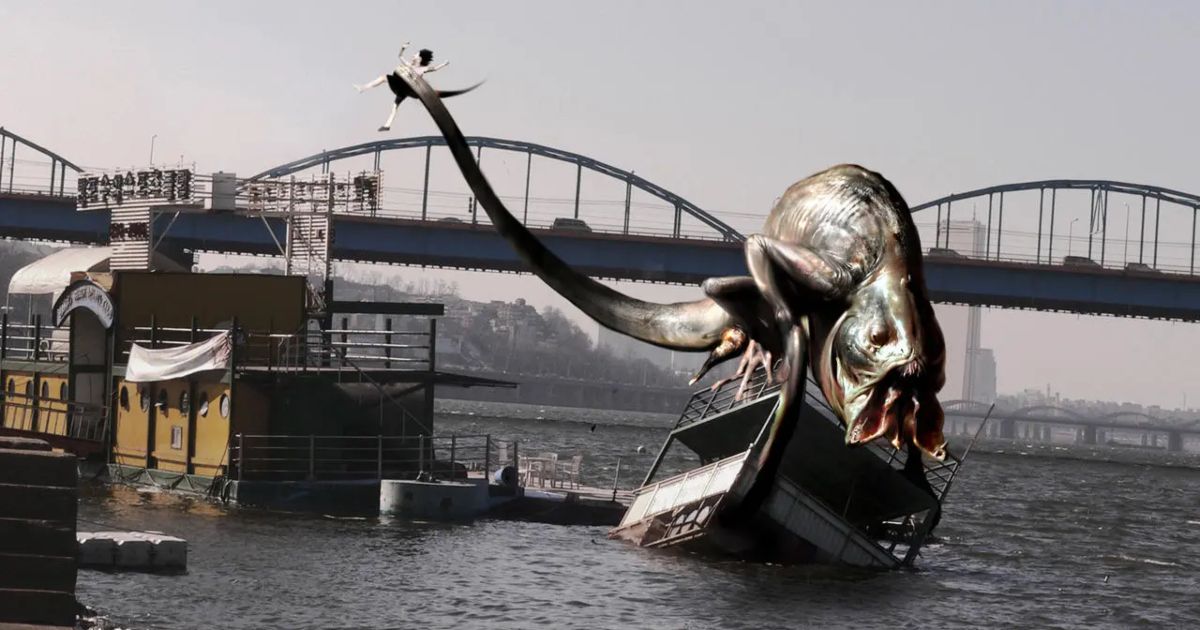“Ours is indeed an age of extremity. For we live under continual threat of two equally fearful, but seemingly opposed, destinies: unremitting banality and inconceivable terror.” So begins lauded cultural critic Susan Sontag’s excellent 1965 essay “The Imagination of Disaster,” which looks at the disaster film before and after the advent of nuclear warfare. With climate change and global pandemics, both terrifying humanity and sending people into bored isolation, it’s wise to look at Sontag’s essay and the first decade of this increasingly disastrous millennium, the 2000s.
Updated July 31, 2023: If you’re a passionate fan of disaster films, you’ll be happy to know that this article has been updated by Gaurav Krishnan with additional titles.
Sontag defines disaster cinema as “concerned with the aesthetics of destruction, with the peculiar beauties to be found in wreaking havoc, making a mess.” There is an important distinction to be made here between ‘disaster’ and ‘apocalypse,’ (along with the extensive genre of zombie cinema). Apocalyptic cinema deals with a certain irrevocable extinction due to the hubris of science and society or the invasion of other intelligent species—these are geared toward dramatic despair. The cinema of disaster, however, is invested in mindless natural disasters totally indifferent toward the human race, some destructive spectacle which can be stopped but will surely kill many in the process—these tend toward action-packed responses. The disaster film generally ends with disaster; the apocalyptic film simply begins with it.
The 2000s were a terrifying time, and the movies mirrored the decade. The Cold War may have ended, but the threat of nuclear destruction remained prevalent; climate scientists began to strongly suggest that the world would fall apart if something wasn’t environmentally adjusted; 9/11 and the Iraq War initiated a seemingly endless, bloody conflict regarding ‘global terrorism.’ Interestingly enough, there was a massive uptick in disaster films after the unexpectedly enthusiastic success of Al Gore’s climate change documentary An Inconvenient Truth, itself a kind of disaster film. With so much of the future unknown and disaster becoming socially ubiquitous, the following list of the best disaster movies of the 2000s may provide needed comfort for troubling times or at least prepare people for what’s even worse. (Excerpts from Sontag’s article will be seen throughout.)
15 The Happening (2008)
M. Night Shyamalan’s much-maligned disaster film has received a critical reevaluation in recent years and is now considered to be a subversive B-movie classic by many. The plot of the film, both bonkers and brilliant, concerns possible chemicals released by plants and vegetation which drives people toward suicide, like some kind of environmental revenge from the victimized planet. The ecological allegory is certainly prescient, and the scenes of mass suicide are definitely disturbing, but what most audiences missed is just how much of a deadpan parody of B-movie disaster films The Happening really was.
14 The Core (2003)
Directed by Jon Amiel, The Core is a disaster film that would go on to receive considerable criticism and berated by critics across the spectrum, with some targeting the screenplay while others, Amiel’s direction. The film’s concept explores how a geophysicist named Dr. Josh Keyes (Aaron Eckhart) discovers that the Earth’s core has stopped spinning and that the planet’s electromagnetic field is deteriorating, which has some catastrophic ramifications for the human race.
The only way to save the world is for a team to travel to the Earth’s core and detonate a device so that it starts spinning again. The film tanked at the box office grossing $74 million worldwide against a budget of $85 million. However, it’s a disaster film that’s worth a watch, with Hilary Swank, in particular, putting in a memorable performance.
13 Terminator 3: Rise of the Machines (2003)
Terminator 3: Rise of the Machines is the only entry in the Terminator franchise that can be constituted a disaster movie. Terminator is a survival film, while Terminator 2: Judgement Day, Terminator: Genysis, and Terminator: Dark Fate are about preventing an apocalypse, and Terminator: Salvation falls into the post-apocalyptic genre, Terminator 3: Rise of the Machines is about the world ending.
Despite the best efforts of John Conner, Catherine Brewster, and T-100, Skynet still launches and takes control of the planet. It is a bleak ending for an action movie, but one that delivers on its title. The machines rise up and begin attacking humanity, becoming a global disaster.
12 Tidal Wave (2009)
A South Korean film, Tidal Wave or Haeundae, directed by Yoon Je-kyoon, was billed as South Korea’s first disaster film. The story follows several main characters and their intertwining journeys as Geologist Kim Hwi discovers unusual activity in the ocean and that a tsunami is brewing in the Sea of Japan, known as the East Sea in Korea. However, the Disaster Prevention Agency ignores Hwi’s observations and assures him that South Korea is not at risk.
In the end, a megatsunami hits, and the film follows the death and devastation it causes and how the survivors manage to escape. Considering it’s a film made in South Korea on a budget that pales in comparison to major Hollywood productions, Tidal Wave is an admirable effort and a film that was heralded as one of Asia’s most epic productions at the time.
11 The Perfect Storm (2000)
Wolfgang Peterson’s 2000 disaster drama film The Perfect Storm comprises a star-studded cast of the likes of George Clooney, Mark Wahlberg, John C. Reily, William Fichtner, and Diane Lane, among others. The film was adapted from a 1997 non-fiction book of the same name by Sebastian Junger, and the plot follows the journey of the Andrea Gail, a fishing vessel that is caught in the midst of what was dubbed as The Perfect Storm of 1991.
The film was a huge success at the box office, grossing $328 million worldwide. However, critics reserved mixed reviews for the film citing great use of special effects and lauding its compelling visual sequences but suggesting that it lacked effective drama and characterization. Nevertheless, the film would pave the way for several at-sea disaster films in the years after its release becoming one of the best movies in its niche genre.
10 The Day the Earth Stood Still (2008)
One would imagine that a film with Keanu Reeves as an alien named Klaatu, a laser-eyed robot named Gort, and Kathy Bates as the Secretary of Defense would be silly entertainment, but it’s decidedly grim here in Scott Derrickson’s bizarre update of the 1951 classic The Day the Earth Stood Still. Like all great disaster films, it taps into contemporary anxieties like war and climate change; the film serves the same function as its invading aliens, warning humanity that disaster and possible extinction is highly likely if the species continues on its current trajectory. “Pursue your present course and face obliteration,” the film admonishes.
Recent science fiction films have a decided grimness, bolstered by their much greater degree of visual credibility, which contrasts strongly with the older films. Modern historical reality has greatly enlarged the imagination of disaster, and the protagonists—perhaps by the very nature of what is visited upon them—no longer seem wholly innocent.
9 Doomsday (2008)
Neil Marshall’s follow-up to his acclaimed films Dog Soldiers and The Descent was apparently a huge let-down to many but deserves a strong reappraisal, especially in light of the coronavirus pandemic. Doomsday follows a kind of resistance movement decades after a life-threatening pandemic as they infiltrate London for an antidote to the virus and is relentless in its brilliantly directed set-pieces. Action-packed and with one of the fiercest females since Sigourney Weaver fought Xenomorphs, Marshall takes a somewhat familiar premise in disaster cinema and douses it in blood and gasoline, creating gory fireworks in the process.
8 War Of The Worlds (2005)
Tom Cruise stars in Steven Spielberg’s 2005 sci-fi disaster epic War Of The Worlds and puts in a stirring performance to match. The movie is based on H.G. Wells’ revolutionary 1898 novel The War Of The Worlds, which Spielberg retells in explosive and invigorating fashion. The story follows the protagonist Ray Ferrier(Tom Cruise), who must save his family and reunite his children with their estranged mother as an extraterrestrial invasion threatens to wipe out the human race.
The film was a massive box office success grossing $603 million worldwide while critics in general gave the movie positive reviews for adapting the critical elements of Wells’ book into a modernized depiction with extravagant special effects and sequences made for audiences of the 21st century. It culminates in a gripping retelling of a novel conceived in the late 19th century, but that has been recreated and retold by the genius of Spielberg in the 2000s.
7 The Day After Tomorrow (2004)
Roland Emmerich is the modern maestro of blockbuster disaster. Film after film, the technically skilled (if extremely blunt) director has staged scene after scene of impeccable destruction, and The Day After Tomorrow has some of his best set-pieces; between the tornadoes, flash-freezing, ice storms, and tidal waves, Emmerich’s disaster is gleefully fun. His special effects obviously have improved with each film as the technology gets more and more terrifyingly accurate. The climatological catastrophe in this film may seem silly, but it’s prescient, reflecting the real-world ramifications growing more dire day by day.
And it is in the imagery of destruction that the core of a good science fiction film lies […] One can participate in the fantasy of living through one’s own death and more, the death of cities, the destruction of humanity itself.
6 The Mist (2007)
The Mist is routinely considered one of the bleakest and most depressing films ever made, which only makes its central disaster (and subsequent exploration of human awfulness) that much more harrowing. A group of people are trapped in a small-town grocery store as an impenetrable mist approaches in this misanthropic adaptation of Stephen King’s story. While the unnamed, multi-tentacled threat lurking in the mist (a consequence of a disastrous military experiment) is certainly frightening, it’s really the human reactions to disaster which become the most terrifying component.
5 2012 (2009)
Roger Ebert called 2012 “the mother of all disaster movies (and the father, and the extended family),” not because it was high art but because of just how meticulous and intricate it was in its depiction of total destruction. Director Roland Emmerich continues to obsessively destroy cities and monuments, going ham here as he taps into the Mayan apocalyptic prophecies and unleashing two hours of straight disaster. The antithesis of subtlety, the movie is ridiculously over-the-top, and John Cusack is as enjoyable as always as the unlikely protagonist guiding the audience through one epically staged disaster sequence after another until positing that the only way to prevent global disaster is to unite together.
But alongside the hopeful fantasy of moral simplification and international unity embodied in the science fiction films, lurk the deepest anxieties about contemporary existence […] Besides these new anxieties about physical disaster, the prospect of universal mutilation and even annihilation, the science fiction films reflect powerful anxieties about the condition of the individual psyche.
4 Knowing (2009)
Simultaneously mocked and adored, Alex Proyas’ film is certainly unique. (Point of Personal Privilege– it’s a masterpiece). Featuring some of the best-directed disaster scenes of all time (including an incredibly intense single-take plane crash), Knowing features Nicolas Cage as an astrophysicist father who becomes obsessed by the numerological possibility that everything is predetermined and that subsequent disasters can be discerned and prevented. Tackling interesting concepts in physics and philosophy before traversing surprisingly spiritual and theological terrain, Knowing is the very rare film that operates both as an action-packed disaster Blockbuster and an intellectually stimulating, bold experiment.
3 Sunshine (2007)
Oscar-winning director Danny Boyle essentially made a gorgeous art film in the vein of Solaris or 2001: A Space Odyssey with his beguiling Sunshine. A crew of astronauts in 2057 try to save a freezing Earth by jump-starting the sun, but the standard disaster plot is tangential to Alwin Kuchler’s incredible cinematography, the epic score from John Murphy and Underworld, and Boyle’s sensual direction. This underrated gem is a tone poem of sorts about how human heroism and dignity, no matter how beautiful, may always be an inadequate response to the vast and uncontrollable cosmos. This film is an utter experience and should be shown in theaters on a yearly basis.
What I am suggesting is that the imagery of disaster in science fiction films is above all the emblem of an inadequate response. […] They themselves are only a sampling of the inadequacy of most people’s response to the unassimilable terrors that infect their consciousness.
2 Blindness (2008)
If audiences want yet another explosive spectacle, they know where to turn; for those who prefer their disasters to be more existential and soul-crushing rather than city-crushing, there is Blindness. Based on Nobel Laureate Jose Saramago’s brilliant novel, the film follows an excellent ensemble (led by Julianne Moore and Mark Ruffalo) as they navigate a world where, one day, nearly everyone went blind.
The disaster is a catalyst for director Fernando Meirelles and writer Don McKellar’s examination of society in collapse, of how bureaucracies and militaries easily resort to fascism during disaster, and how small tribal groups develop as a matter of survival. It’s harrowing, disturbing stuff, and Gael Garcia Bernal gives one of his best performances in a truly menacing role. The film, like so much disastrous tragedy, can’t be forgotten once it’s seen.
1 The Host (2006)
Before Parasite was the first international film to win the Academy Award for Best Picture, Bong Joon-ho made an international breakthrough with The Host. The ecological disaster movie achieved a rare combination of critical acclaim and box office success (especially for what some consider to be a horror film) for good reasons– it’s an exciting, funny, and hugely entertaining parable of the toxic havoc unleashed by humanity, with an excellent cast of memorable characters and fantastic special effects.
Not-so-loosely based on an actual incident from 2000, when American military forces dumped an excess of formaldehyde into the Han River and then claimed that South Korea had no authority over their actions, the film manages to tackle environmental and sociopolitical themes in a thoroughly enjoyable way. The monster being created by pollution and ecological destruction gets stronger every year, and The Host is a crowd-pleasing reminder of the disastrous consequences of careless actions.
This story originally appeared on Movieweb

